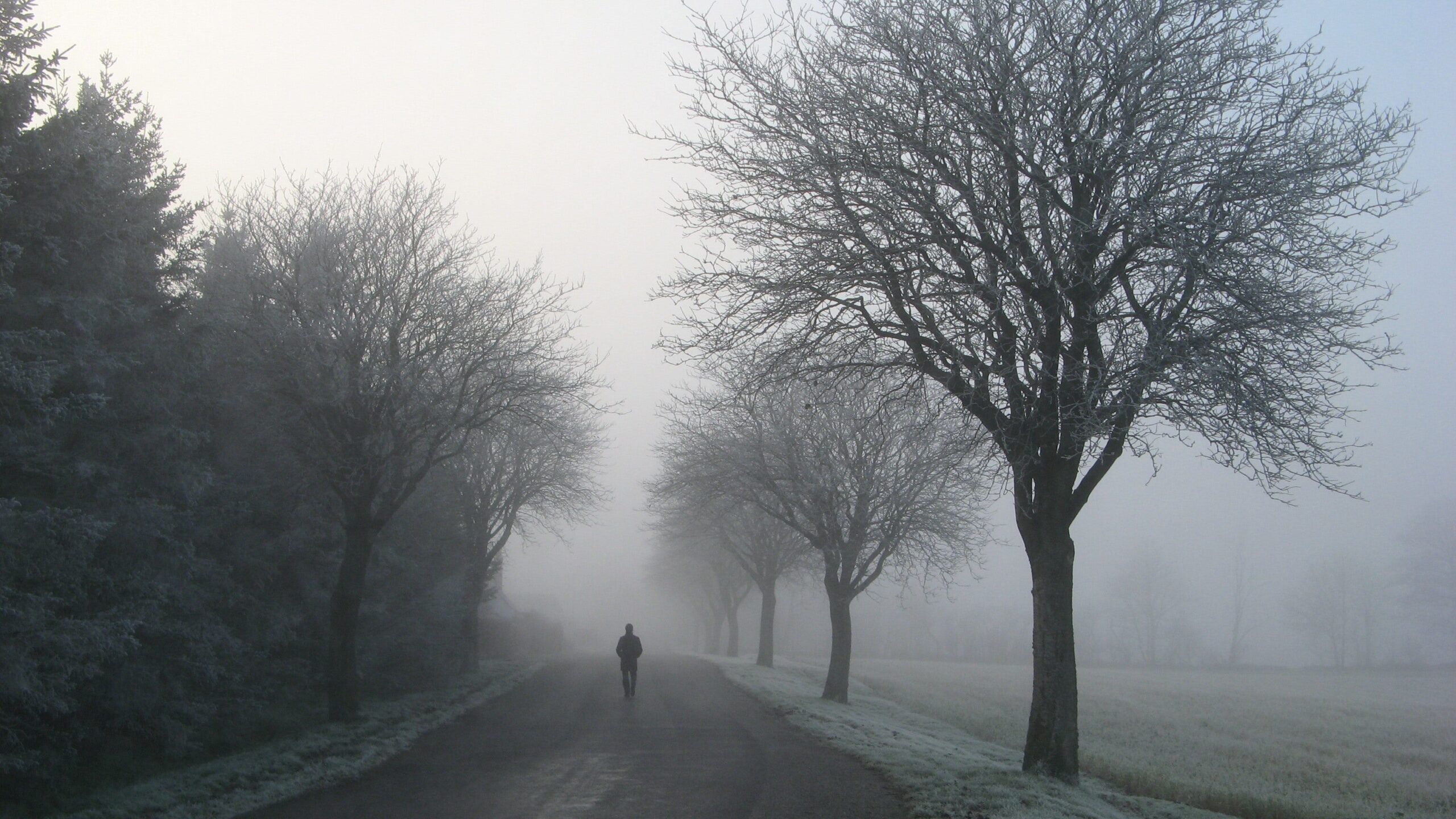What is Seasonal Affective Disorder (SAD)?

August 11, 2022

Seasonal Affective Disorder
What is it?
Seasonal Affective Disorder is a type of depression that’s related to the changing of the seasons. SAD begins and ends about the same time every year. If you’re like most people with SAD, your symptoms start in the fall and continue into the winter months, sapping your energy and making you feel moody. Less often, SAD causes depression in the spring or early summer. This depression diagnosis is different from other depression disorders because it is only present during one time of the year, either summer or winter months.
Symptoms
In most cases, SAD symptoms begin to appear in the late fall or early winter months and last until the sunnier days of the spring and summer. In individuals with the opposite pattern, they may experience symptoms beginning in the spring and summer months and end towards the darker winter days. In both cases, symptoms may begin as mild but progressively worsen as the seasons progress.
Symptoms of SAD, upon seasonal onset, may include:
- Feeling depressed most of the day, nearly every day
- Losing interest in activities you once enjoyed
- Having low energy
- Having problems with sleeping
- Experiencing changes in your appetite or weight
- Feeling sluggish or agitated
- Having difficulty concentrating
- Feeling hopeless, worthless or guilty
- Having frequent thoughts of death or suicide
Fall and Winter SAD
Symptoms that are specific to winter-onset SAD may include:
- Oversleeping
- Appetite changes, especially a craving for food high in carbohydrates
- Weight gain
- Tiredness or low energy
Spring and summer SAD
Symptoms that are specific to summer-onset SAD may include:
- Trouble sleeping (insomnia)
- Poor Appetite
- Weight loss
- Agitation or anxiety
- Anger mood swings
Cause and Effect
What causes SAD will be different for every individual. Some risk factors that could make one more susceptible to SAD are: family history of depression or SAD, having a major depressive disorder or bi-polar disorder, and chances of SAD increase the farther away from the equator you live.
In addition to these risk factors, other possible causes of SAD have been found. Other factors include: the individuals circadian rhythm (one’s biological clock) disrupted by lack of sunlight, a decrease in serotonin (a brain neurotransmitter that affects mood) by lack of sunlight, and lastly melatonin levels are affected which regulate your sleep patterns and mood. No specific cause of SAD has been found, but these factors play a contributing role with the onset of symptoms.
It is important to take signs and symptoms of SAD seriously. Just as other types of depression worsen with time, so does seasonal affective disorder. Many of these behavioral implications are harmful to the individuals everyday life functioning. Affected life areas may include: social withdraw, school or work problems, abnormal emotion outbursts, substance abuse, suicidal thoughts or behaviors, and other mental health disorders like anxiety and eating disorders.
Treatment
It’s normal to have some days when you feel down. But if you feel down for days at a time and you can’t get motivated to do activities you normally enjoy, see your doctor, counselor, or psychotherapist. This is especially important if your sleep patterns and appetite have changed, you turn to alcohol for comfort or relaxation, or you feel hopeless or think about suicide.
Don’t brush off that yearly feeling simply as a case of the “winter blues” or a seasonal funk that you have to tough out on your own. Treatment for SAD may include psychotherapy, medications or supplements, and light therapy (phototherapy), mind-body connection, alternative medicines, and with mind cases, home remedies are helpful.
Coping and Support
These are the steps one can take to manage their SAD symptoms:
- Stick to your treatment plan – attend therapy and take supplements as planned
- Take care of yourself – this means proper eating, sleeping, exercise, and hygiene
- Practice stress management – use techniques mastered in therapy or found elsewhere
- Socialize – it is easy to isolate oneself, but getting out and being social is proven to help stabilize mood
Information sourced from DSM-5 and Mayo Clinic’s SAD treatment and diagnosis page
Leave a Reply Cancel reply
2022 C Alive Integrative Medicine | All Rights Reserved
Website Designed by Anu Creative Co.
311 W. 13th Ave.
Eugene, OR 97401
ph: 541-636-3079
f: 866-898-9393